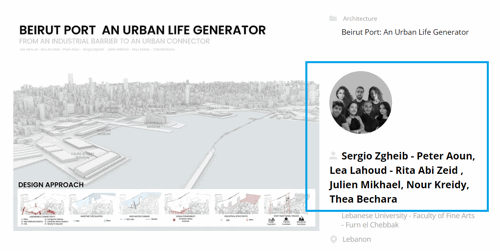MARITIME MUSEUM

Project idea
This museum is a tribute to Sri Lanka’s rich maritime legacy, tracing its evolution through the Portuguese, Dutch, and British eras. The interior design draws inspiration from traditional timber shipbuilding techniques, seamlessly integrating ancient craftsmanship with modern materials and construction methods. Every space is designed to evoke the essence of seafaring history while embracing contemporary spatial experiences.
Positioned to frame breathtaking coastal views of Galle, the museum’s interiors create an immersive journey where natural light, textures, and materials reflect the rhythm of the ocean. The interplay of timber elements, nautical motifs, and innovative structural details bridges the past with the present, redefining Sri Lanka’s architectural future through a harmonious blend of heritage and modernity.
Project description
This maritime museum is a visionary architectural masterpiece that bridges the past and the future, celebrating Galle’s rich maritime heritage. Located near the iconic Galle Fort in Sri Lanka, it offers an immersive spatial experience where historical narratives are reinterpreted through a modern architectural language. The design draws inspiration from traditional shipbuilding techniques, integrating organic forms, dynamic lighting, and natural materials to create a seamless connection between history, innovation, and the coastal environment.
The museum’s interiors are designed to enhance visitor engagement, featuring curated spaces that reflect the evolution of maritime technology across the Portuguese, Dutch, and British eras. The fluid, organic structure captures light and shadow in dynamic ways, creating an ever-changing play of illumination that mirrors the movement of the sea. Expansive openings frame panoramic views of Galle Harbor, Rumassala, Black Fort, and the ocean, fostering a deep visual and emotional connection between visitors and the surrounding landscape.
A key element of the design is its integration with nature, incorporating a dynamic green landscape that extends the museum’s experience beyond its walls. This interplay of built form and natural elements enhances the visitor journey, allowing them to engage with both the history and beauty of Galle’s maritime legacy. The museum's contemporary expression contrasts yet harmonizes with the historic urban fabric, ensuring that its modern identity stands as a lasting symbol of architectural evolution while respecting the past.
At its core, the museum embodies the concept of ‘seeing through’ both physically and metaphorically, offering layered perspectives into Galle’s maritime history while maintaining an uninterrupted dialogue with its natural surroundings. This design is not just an exhibition space but a living experience where architecture, history, and landscape converge to create an unparalleled journey through time.
Technical information
The interior design of the Maritime Museum employs advanced timber construction techniques that enhance both aesthetic and functional aspects. The use of glulam (glued laminated timber) beams and columns allows for fluid, organic spatial forms while maintaining structural integrity and durability. Inspired by traditional shipbuilding, interlocking timber joinery ensures precision and stability, reducing the need for mechanical fasteners and promoting a seamless material connection.
Natural Lighting Strategy
The museum's interior lighting strategy maximizes daylight penetration through a combination of skylights, clerestory windows, and strategically placed openings. These elements are oriented based on solar path analysis to optimize daylight distribution while minimizing glare. Timber louvers and perforated wooden panels are integrated along the façade and ceilings to diffuse natural light, reducing harsh contrasts and creating a soft, ambient glow that enhances spatial perception.
Ventilation System
The passive ventilation system is designed to enhance indoor air quality while reducing reliance on mechanical cooling. The museum incorporates:
Stack ventilation, where warm air rises and escapes through high-level openings, drawing in cool air from lower-level inlets.
Cross ventilation, facilitated by operable timber louvers and perforated wooden partitions, allowing fresh air to flow through interior spaces efficiently.
Thermal mass optimization, where exposed timber surfaces regulate indoor temperatures by absorbing and releasing heat gradually, maintaining thermal comfort.
Shadow Dynamics and Spatial Experience
The interplay of light and shadow is a key design element, creating dynamic interior atmospheres. Parametrically designed timber louvers cast evolving shadow patterns that shift throughout the day, mirroring the rhythmic movement of ocean waves. Textured timber surfaces, combined with indirect lighting techniques, amplify the depth and warmth of the space, reinforcing the connection between materiality and maritime heritage.
This integration of natural lighting, ventilation, and dynamic shadow play ensures a sustainable, energy-efficient, and immersive interior environment, aligning modern architectural innovation with historical craftsmanship.


































